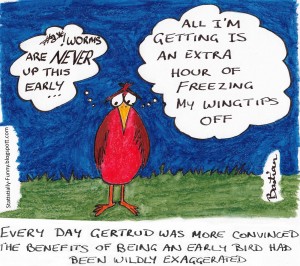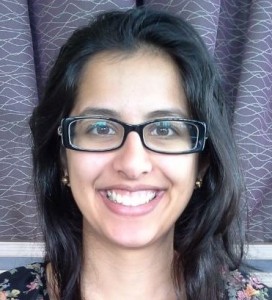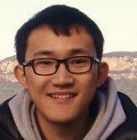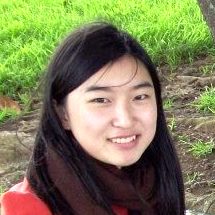Problems with genetic testing
Genetic testing has had a lot of overmarketing — even the most obvious poster-child application in clinical medicine, setting doses of warfarin, has been disappointing in clinical trials. Here are two recent pieces you might want to read
In a New York Times story, a journalist had her DNA tested by three companies. The level of agreement was not, shall we say, ideal
After my tests had been sent, I braced myself for the revelations about my DNA. It took about two months to receive all the results, and when I did, the discrepancies were striking.
23andMe said my most elevated risks — about double the average for women of European ethnicity — were for psoriasis and rheumatoid arthritis, with my lifetime odds of getting the diseases at 20.2 percent and 8.2 percent. But according to Genetic Testing Laboratories, my lowest risks were for — you guessed it — psoriasis (2 percent) and rheumatoid arthritis (2.6 percent).
If you actually work with genome-wide disease data it’s not surprising that the predictions are neither accurate nor consistent, but that isn’t the impression the industry is promoting.
Hilda Bastian drew this cartoon at Statistically Funny
heading a general post about the problems with early-detection programs.
There’s a general bias in favour of screening and early detection, because it seems obviously good. And, in fact, there’s a standard mathematical result that the value of information can’t be negative. But the key assumptions in this result are that you know what information you’ve got and that you can just ignore the result if you want to. It doesn’t apply to real-life medical testing.





